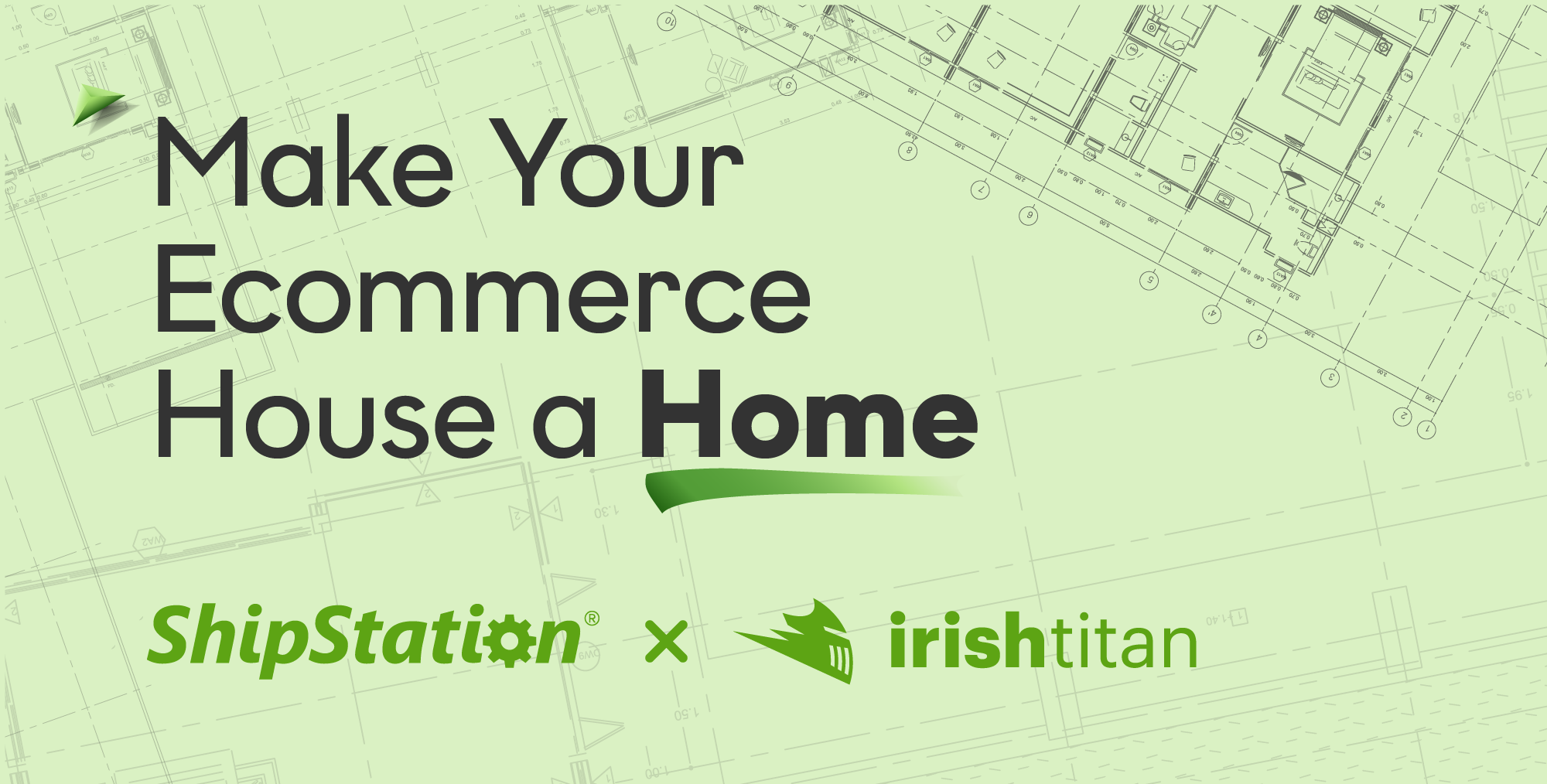5 Digital Marketing Tips for Ecommerce Merchants
This blog was contributed by Americaneagle.com.
Countless reports released every month point towards a thriving ecommerce market, and the reopening of physical stores in a post-pandemic future is unlikely to slow this trend down.
Customers have become more dependent on online retail shopping for their everyday needs and they don’t plan on stopping. According to a recent forecast from Insider Intelligence, online grocery sales alone will surpass $100 billion in 2021 and by 2023, this segment will make up 11.2% of total US grocery sales.
“The pandemic pushed consumers to search for a safe and convenient way of getting essential grocery items, and many retailers adapted to that demand,” said Whitney Birdsall, eMarketer senior forecasting analyst at Insider Intelligence. “A large portion of consumers who became first-time online grocery buyers during the pandemic now prefer this mode of grocery shopping due to convenience.”
Americaneagle has put together a list of digital marketing tips to help ecommerce merchants leverage customers’ newfound appetite for online shopping and build a successful recurring revenue system:
Create trust with user-generated product reviews
These reviews fall under the user-generated content (UGC) umbrella and represent a cost-efficient way to connect with your audience and expand your bottom line. Most importantly, shoppers trust them.
Around 48% of customers say that UGC helps them discover new products, while 70% factor in UGC reviews or ratings before buying from a brand.
Big B2C players are already leveraging the power of UGC to gain more brand credibility and drive sales. Target, for instance, allows customers to submit reviews along with personal photos, which helps get more eyes on their products.
If you’re a B2B brand, start by displaying videos and photos of real customers using your product, whether a tech solution or a commercial freezer.
Streamline lead generation with Inline bots
Nested inside the content, inline bots create conversion opportunities by gently nudging prospects to interact with them. Inline bots can be programmed to offer users everything from sales demos and downloadable white papers, to buying options for the product they are reading about.
These non-intrusive bots can even connect visitors with appropriate staff members or help them discover more relevant content that better matches their query.
No matter your industry, incorporating this technology into your website will ensure your main landing pages and popular blog posts generate more conversions. Since using the inline bots, some companies have seen an average 32% lead generation increase.
Earn Google’s top spots with product page SEO
Beautiful product pages that delight users won’t reach their conversion potential unless you throw search engine optimization (SEO) into the mix. Begin by creating a set of keywords and key phrases that your ideal audience uses when searching for your products. Then, make sure to incorporate them into URLs, title pages, headlines, product descriptions, meta descriptions, and even alt tags. Here are some best practices to focus on while optimizing your product pages for SEO:
● Mention the manufacturer name if you can.
● Include the stock-keeping unit (SKU) number for product parts such as automotive parts.
● Write original meta descriptions; don’t just copy paste the ones provided by manufacturers.
● Add reviews around your primary keyword.
Capture more email subscribers with the right marketing tool
Multi-channel marketing means using a powerful and cohesive strategy to reach customers across various distribution and promotional channels such as direct mail, websites, email, social media, display adverts, and retail storefronts.
For example, you might send your email subscribers promotional codes they can use to purchase products on your site. If you’re new to multi-channel marketing, an automation platform will get the job done.
At Americaneagle.com, they help their clients automate marketing, sales, and support processes using incredible assets such as ActiveCampaigns. [MOU1] With this tool, you can synchronize your actions with the customer lifecycle and enhance campaigns in real-time, based on buyer behavior.
ActiveCampaigns leverages customer intelligence. For example, you can use past purchases to determine if a person would respond better to upselling or cross-selling, and can even send them specific content that might get them closer to conversion.
Expand your reach with Discovery Ad Campaigns
The timing of your advertisements is just as important as their messaging. Discovery campaigns can help you reach prospects when they are most receptive to trying a new brand.
Harnessing Google’s powerful algorithm, Discovery has the ability to understand customer intent and introduce them to your products when they’re in a “discovery” phase. Here, users are looking to find more of their favorite content, which means they are easier to persuade by a brand.
This type of ad can also help you create stronger ties with existing customers, who are already interested in your products.
Discovery campaigns can help you connect with almost 3 billion customers across Google feeds, including YouTube and Gmail accounts. Whether you choose single-image or multi-image carousel Discovery ads, this software will offer headline, description, image, and high-performing placements recommendations.
With the digital era in full swing, this is the perfect time to expand your ecommerce horizons and increase profits using smart tools and techniques that make sense for your business. What are you waiting for?
Interested in reading more about the latest digital marketing trends? Be sure to download Americaneagle.com’s “What is Digital Marketing?” eaglevision issue here.





